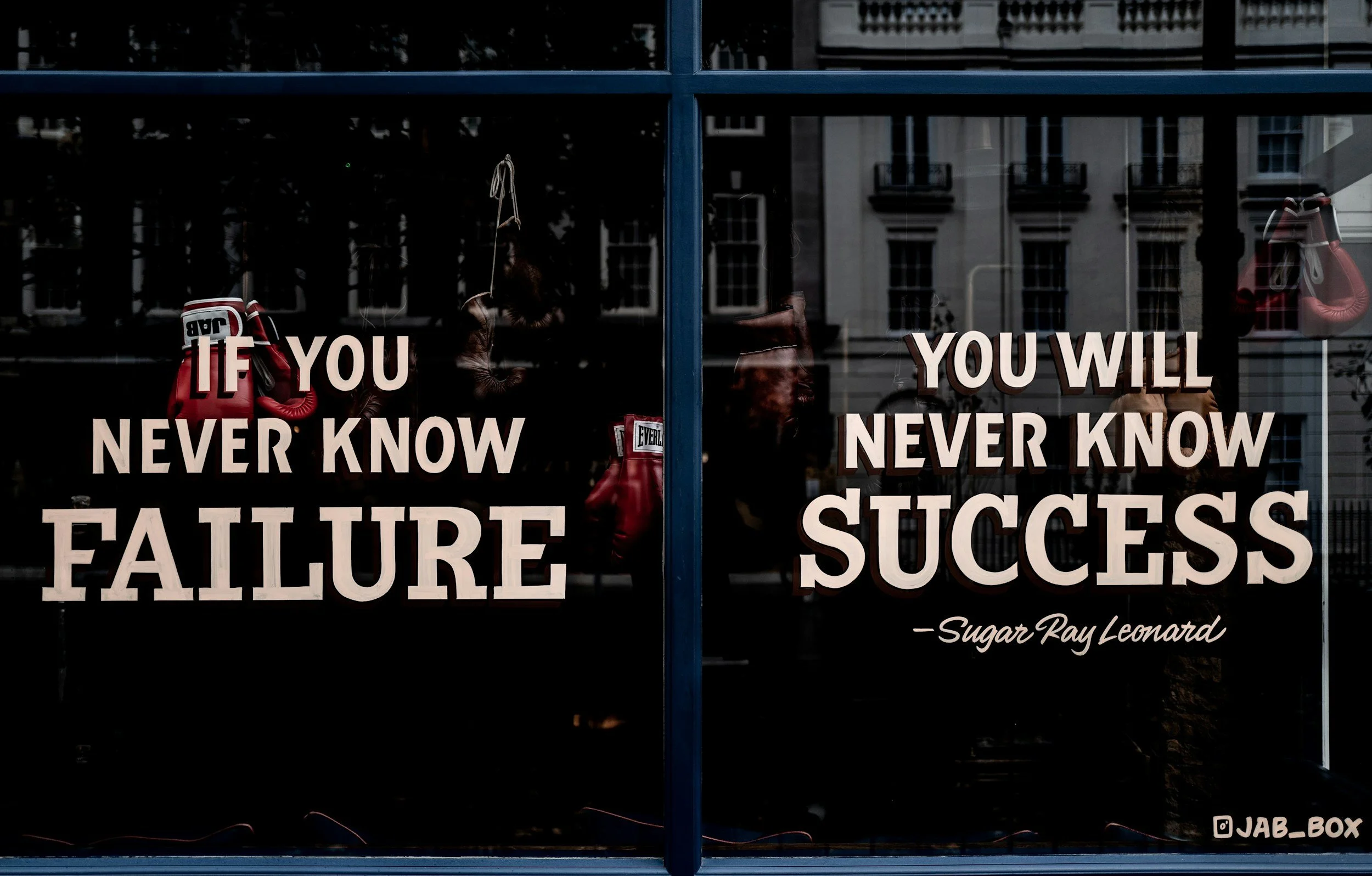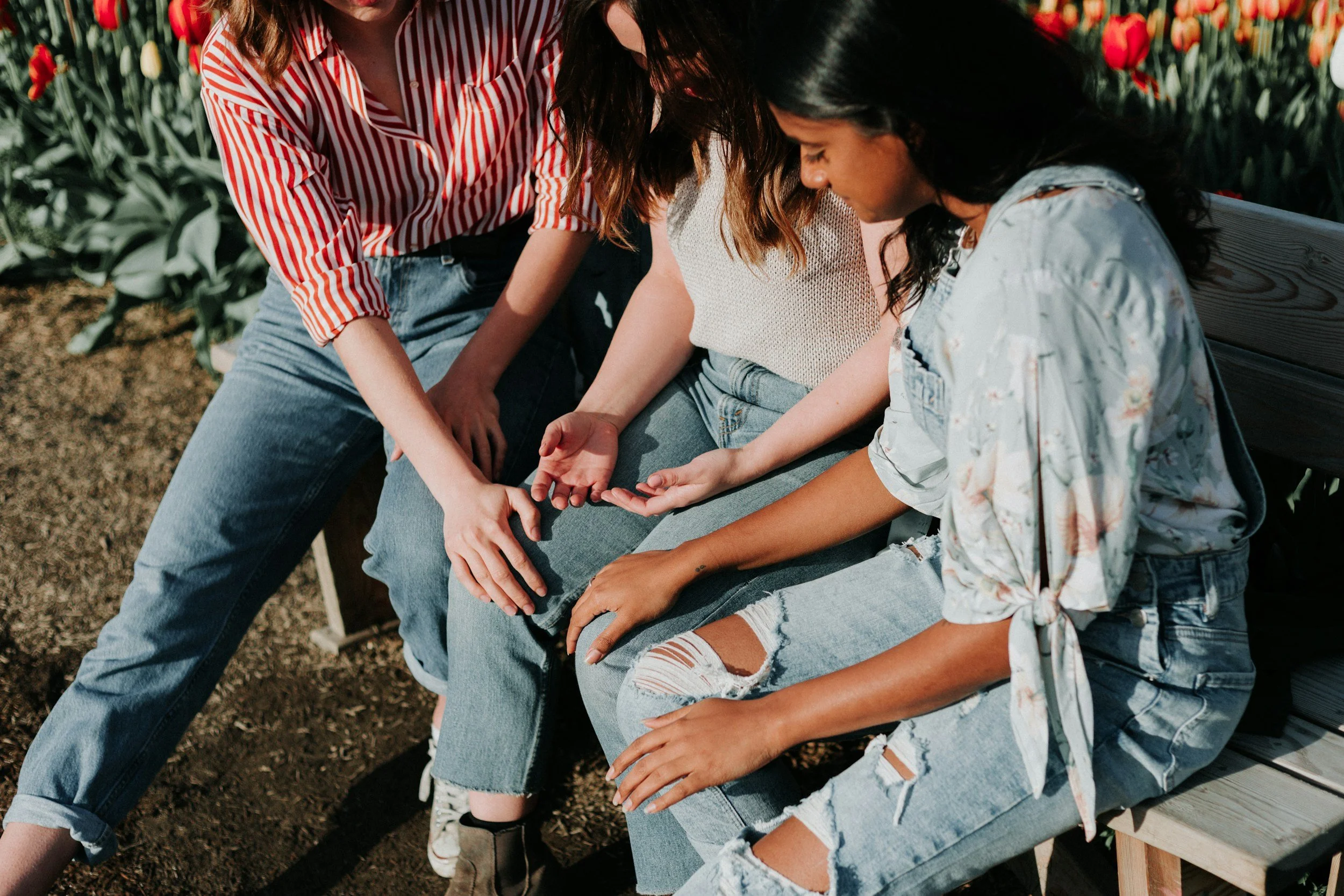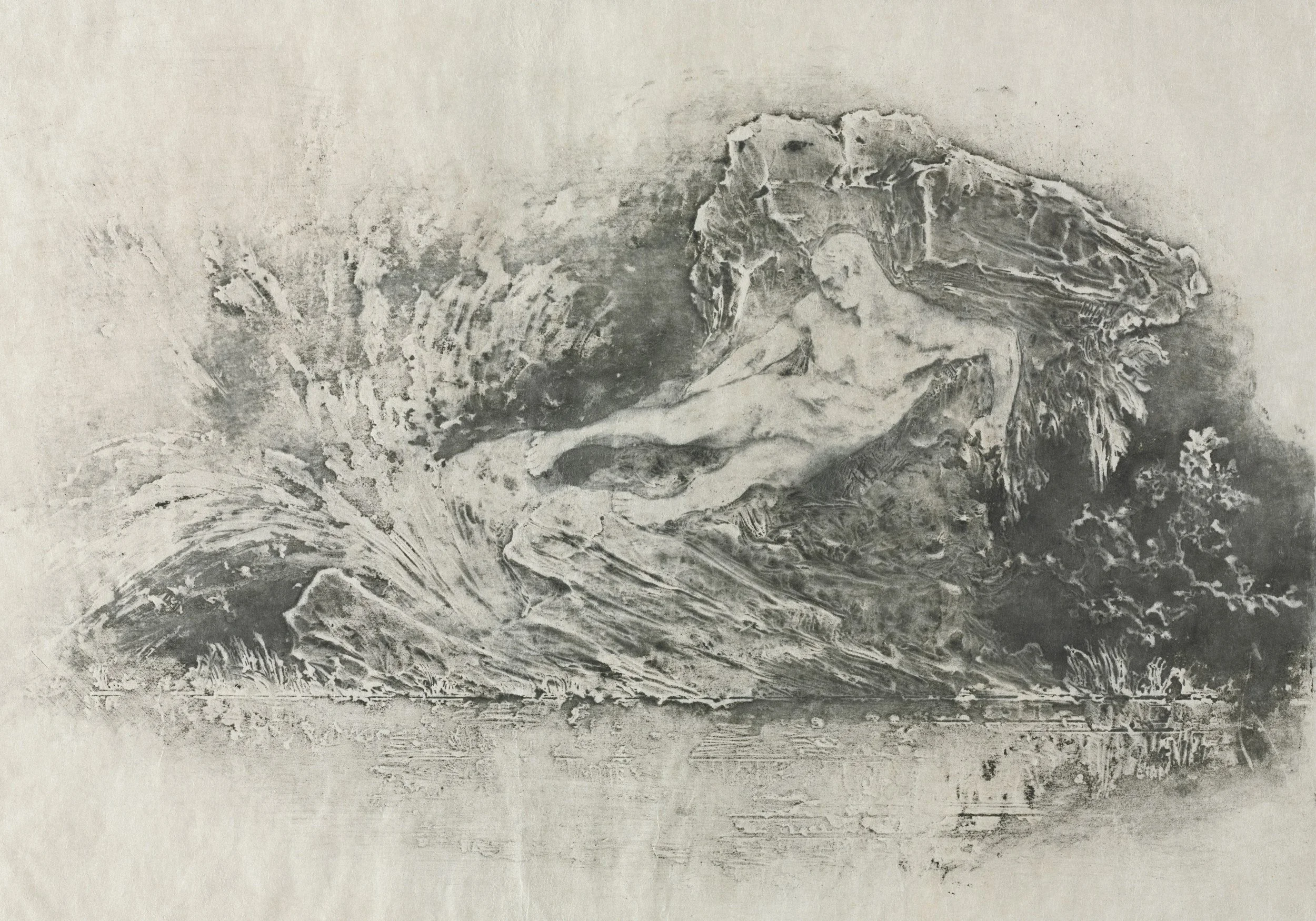The Culture of Trying: Why Failure is the Foundation of Learning
The culture of trying isn't a new concept—as teachers, we all know that if kids try, they'll understand. The real question is: how do you get them to try?
You've heard that if you build a better mousetrap, the world will beat a path to your door. If you can get kids to try honestly in chemistry and physics, then maybe teachers will beat a path to your door. Most students say chemistry and physics are the most challenging classes they take in high school. But what if I told you there's an approach that not only gets them to try but change how they see themselves as learners?
In an age where information is instantly accessible, the ability to try, fail, learn, and try again becomes the most valuable skill we can teach.
Are we trying to make chemists and physicists right out of high school? Are we trying to help them understand our world and see how scientific literacy is essential in today's society? What's the most important thing for students in your class?
While you ponder those questions, let me share what I believe is the most critical element: human connection.
Human Connection: The Foundation of Trying
Human connection is the most critical thing in any classroom environment. We must present our classroom as both fun and productive without treating them with animosity when they ask questions.
I can't tell you how many students have told me my class is their favorite because they get to talk to each other. I encourage communication and interaction through games that help them learn about one another. We even play games occasionally to break the monotony of traditional lessons. Many days, I start class by giving them questions to ask each other. These are simple ways to learn more about their classmates.
All of this sets the stage for the most essential part of the culture of trying: creating an environment where it's okay to fail. Yes, I want all my students to fail quickly and early. Most teachers will tell you they want their students to be successful, but I want my students to fail because that's where real learning begins.
Creating a Culture Where Failure is Learning
The best learning occurs through trial and error, even in high school. In fact, I'd argue that all learning happens through trial and error. And what's more engaging than making it playful? We teachers are facilitators of the trials, but students must be the correctors of their own errors. This is why a playful, trusting, respectful classroom environment is essential.
We celebrate making mistakes to learn more efficiently. I use "Capturing Kids Hearts" social contracts to help students establish classroom norms together. This happens after students get to know each other better. This gets them comfortable failing in front of others. We reframe failure as simply discovering what errors they're making on problems or concepts.
This sets the stage for the real magic: I never give students "busy work."
Most of my assignments are questions I create myself to make content more relevant for my students. I don't make them memorize terms from lists. I don't use textbooks or rely heavily on different websites. Instead, I use their own experiences as the primary resource.
Labs become playful times for students to develop causal reasoning about natural phenomena. I tell them to experiment with materials first, then give them a problem to solve using evidence from their experience. I teach students to take familiar experiences and label the parts with new terminology. When they remember these labeled experiences they've visualized in their minds, they cement deeper understanding through their own reflections.
Practical Implementation and Results
My homework system is online, using a platform that lets me upload custom questions with specific feedback on problem-solving approaches. I've automated this process to load hundreds of questions. I rarely use AI to generate questions because they aren't structured to help students apply learning to diverse experiences through trial and error with immediate, accurate feedback.
Students won't try hard if they feel they can't succeed. In the past, I'd take their highest score before tests. This wasn't effective. Now, students get unlimited attempts on 10-15 questions, with different scenarios each time and question-based feedback. But here's the key change: I restructured deadlines with rewards rather than punishments.
If students score 80% within two days of assignment, they receive 100%. For the next two days, they need 90% to earn 100%. After that, they get what they get. This grading adjustment was the only new element I added this year, and my students' average grades on County Interim assessments increased by approximately 30 points across chemistry and physics tests.
I place the accountability for fixing errors on them while empowering them by showing that their experiences are essential to the class. This gives them purpose they never knew they had.
Preparing Students for Life
This approach does more than improve test scores because it changes how students see themselves as learners. When we normalize failure as part of the learning process and empower students to use their own experiences as the foundation for understanding, we're preparing them for a world where adaptability and resilience matter more than perfect recall.
In an age where information is instantly accessible, the ability to try, fail, learn, and try again becomes the most valuable skill we can teach.
Empower your students by normalizing failure because no one can be perfect. The unrealistic goal of perfect grades hasn't worked to bridge knowledge inequalities for far too long. A culture of trying will help tremendously.
I dare you to try!
About the Author: As a Youth Empowerment Professional, I volunteer for the National Leadership Conference (ayf.com). Their "Learn by Playing" methodology for high school participants has greatly improved my facilitation skills of group development and empowerment. As an Epistemological Engineer, I design an order of particular "growtunities" to discover and correct misconceptions in order to have a better understanding of the world.



